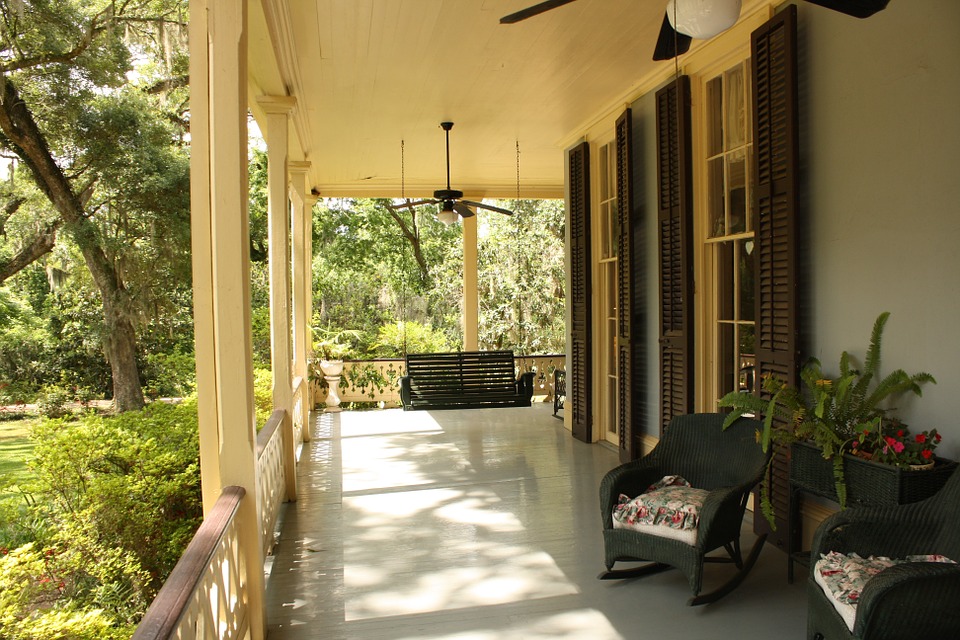The primary distinction between a verandah and a balcony is that a verandah is an open-air gallery with a roof, attached to the exterior of a building, while a balcony is an outdoor extension of an upper floor of a building, enclosed by a short wall, railings, or balustrade. Both verandahs and balconies are open-air spaces, but there are some differences between these two structures.
Key Takeaways
- A verandah is an open-air gallery or porch with a roof, attached to the outside of a building, usually on the ground floor.
- A balcony is an outdoor extension of an upper floor of a building, enclosed by a short wall, railings, or balustrade.
- While verandahs are typically larger and can serve various purposes, balconies are usually smaller and used for specific activities like gardening or relaxation.
What is a Verandah?
A verandah or veranda is an open-air gallery or porch with a roof, attached to the outside of a building. It usually extends across the front and sides of the structure. People often use railings for their verandahs, making them similar to ground-floor balconies with easy access to the outdoors. Verandahs can be used for various activities and come in four basic styles: curved, flat, gabled, and bullnosed/covered. They first appeared in colonial buildings during the 1850s, with the word originating from the Hindi word varaṇḍā or the Portuguese word varanda.
What is a Balcony?
A balcony is an outdoor extension of a building’s upper floor, enclosed by a short wall, railings, or balustrade. It is usually supported by columns or console brackets and accessed through an upper window or door. Balconies in modern homes help to enlarge the space and provide a small outdoor area for various activities, such as gardening or relaxation. They also bring sun, fresh air, and natural light into a house. Balcony structures date back to renaissance or medieval architecture, using wood and stone, but evolved into solid concrete and cast iron in the 19th century. Today, balconies can be constructed with any visually appealing and sturdy material.
What is the Difference Between Verandah and Balcony
The key difference between a verandah and a balcony lies in their location and structure. A verandah is on the ground floor of a house and provides access from the garden or yard, front door, or back door, while a balcony is always on an upper floor and can be accessed from an upper floor door or window. Verandahs typically have a larger area, as they extend across the front and sides of a structure, while balconies usually have a smaller area. Furthermore, verandahs can be used for various purposes like hosting guests or parties, whereas balconies are more limited in their uses, such as serving as a small indoor garden or relaxation space.
Summary – Verandah vs Balcony
In summary, the main difference between a verandah and a balcony is that a verandah is an open-air gallery with a roof, attached to the outside of a building, while a balcony is an outdoor extension of a building’s upper floor, enclosed by a short wall, railings, or balustrade.
